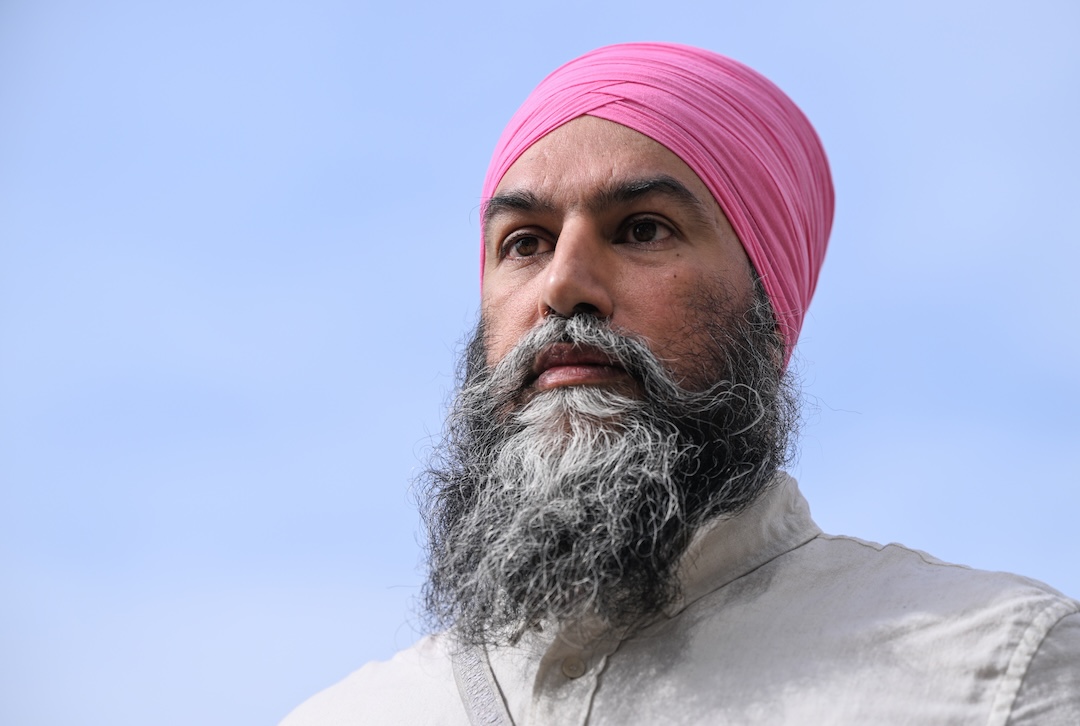Since its founding in 1961, Canada’s New Democratic Party (NDP) has never formed a federal government. But through a mix of policy advocacy, union alliances, and grassroots organizing, it has helped shape Canada’s political landscape — pushing issues like worker’s rights, strong public services, and robust social welfare into the national mainstream. In recent years, the party has also placed greater emphasis on the concerns of First Nations communities and other historically marginalized groups.
A recent concrete result of this influence was the national dental care program, launched last year. The initiative — now covering more than 1.7 million low-income Canadians — was made possible by the March 2022 confidence-and-supply agreement between the NDP and Justin Trudeau’s minority Liberal government.
But such cooperation has drawn criticism — even from within the party — with some accusing the NDP of getting too close to the Liberals. Last September, party leader Jagmeet Singh ended the agreement, accusing Trudeau of weakness and failing to defend the interests of ordinary people.
Many saw the move as a revival of the party’s identity, and some even speculated that the Liberal government might fall and the NDP could mount a breakthrough campaign. But that was before Donald Trump returned to the White House.
Now with polls set for April 28, the election is dominated by Trump’s shadow. Canadians appear eager to elect a majority government with a clear mandate to stand up to a more menacing United States — a dynamic that rarely benefits third parties.
While the Conservatives — once the big poll leaders — are losing ground, the NDP is facing the possibility of near-total collapse. According to the latest projections,…
Auteur: Romain Chauvet

